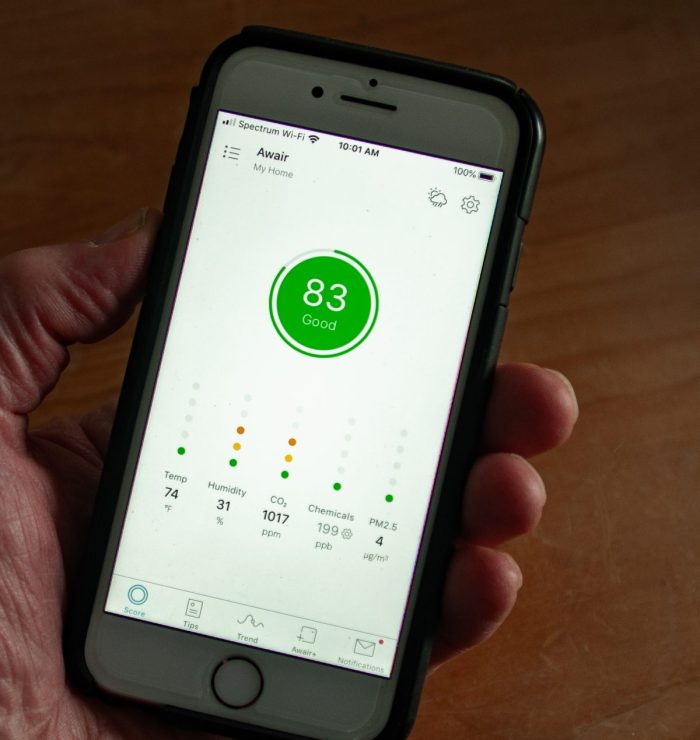
I own a CPS IAQPRO Smart Air professional indoor air quality monitor that I use on nearly every energy audit and building investigation I perform. The tool measures particulate matter (PM2.5 and PM10), volatile organic compounds (VOC), carbon dioxide (CO2), temperature, relative humidity, pressure, and dew point. The question is, can short-term monitoring provide any useful data on the actual indoor air quality? The answer is yes…and no.
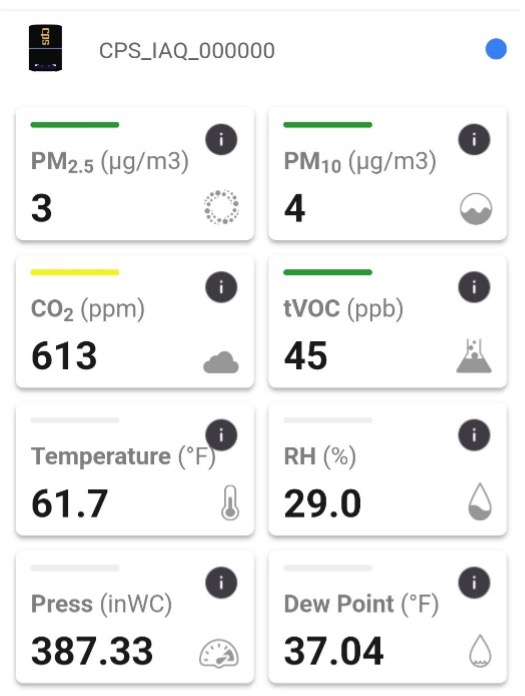
When performing an energy audit or building investigation, I begin monitoring air quality shortly after entering a house, and I let the monitor run for at least an hour before taking a reading. If a blower door test is planned, I need to measure IAQ before the test. The blower door will flush air through the house, usually reducing pollution levels.
The CPS monitor syncs with my phone, so I take screenshots of the app while it is recording. The results (shown above) are typical of what I see. Before I talk about their accuracy, I want to say a bit about what the numbers mean.
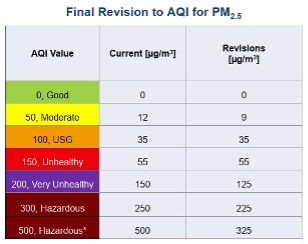
Data points
The PM2.5 and PM10 are fine particulate matter in the air around us; they are the most important metric an air quality monitor will record. Every time we take a breath, some of this matter moves into our respiratory system. Particulate matter is measured in micrograms per cubic meter. The Environmental Protection Agency (EPA) recommends annual PM2.5 levels at 9.0 micrograms per cubic meter or less—this was recently reduced from 12 micrograms per cubic meter. There was also a reduction in the very unhealthy and hazardous limits. You can read about why the EPA made these reductions here.
The monitor also measures carbon dioxide (CO2), which serves as a proxy for overall indoor air quality. CO2—measured in…
Weekly Newsletter
Get building science and energy efficiency advice, plus special offers, in your inbox.

This article is only available to GBA Prime Members
Sign up for a free trial and get instant access to this article as well as GBA’s complete library of premium articles and construction details.
Start Free TrialAlready a member? Log in





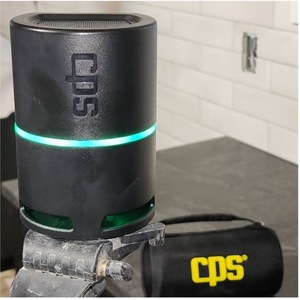


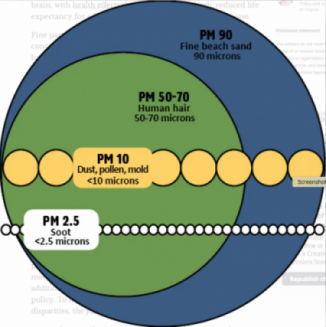






4 Comments
Randy,
Great piece of information, quality indoor air is so very important. I just opened a window 10 minutes ago to let some fresh air in on this calm and humid 50F morning in west central MN.
Now, If we can tie your work in as a cure for snoring we will be rich!
Doug
I think my Awair is having hallucinations, I looked it up after reading this article, and I have never seen 100 before. perhaps the first warm day in Toronto and the open windows did it.
We had 100 on our Awair last evening for the first time ever (in a year+ of owning it) and didn't even have windows open. Must just be the spring air.
The Emperor has no clothes. This is a tough response to write, so I'll start with basic physics. These units cannot measure PM2.5 and PM10. Period. PM10/2.5 are defined as mass per unit volume (micrograms per cubic meter (µg/m3)). And there is no msmt. of mass happening here and questionable msmt. of volume. And to define the particulate size requires some optical sensor, similar to the optical particle counters (OPC) used in pharmacies and cleanrooms (we use them.). To make things more confusing, there are manufacturers selling OPCs that read out in µg/m3. They get away with this by using Arizona Road Dust (or something) to define a density used to calculate µg/m3. BS. Particulate density varies with size. blah, blah, blah. And regarding TVOCs...IPA, acetone, ethanol (booze), are relatively benign that will cause "bloody murder screaming" in these things for no reason. There are many ways to detect VOCs, and each has its limitations (and Josey Wales taught us about that.) Most importantly, do not take these readings at face value. Without context they are truly meaningless and can be used to as instruments of fearmongering. We must be very careful and be aware of what we don't know. From one who has learned the hard way.
Oh, and the CO2 sensor - Our instruments with same sensor tech require a "bump" test against a calibrated gas standard before each use...and they do drift...
Log in or become a member to post a comment.
Sign up Log in